The Central Asian Internet community met on 24-25 September at CAPIF 3 in Bishkek, Kyrgyzstan, to discuss peering, interconnectivity, Internet traffic exchange, IPv6 adoption, and challenges for digital transformation. The event brought together over 200 people from 18 countries - proving the need for a platform to increase collaboration and make the Internet in Central Asia and neighbouring regions stronger and more resilient.
The opening session commenced with a traditional Kyrgyz welcome performance, setting the tone for the event. The Deputy Minister of Digital Development of the Kyrgyz Republic Zamirbek Kozhomuratov opened the event, followed by the leadership of the RIPE NCC, Kyrgyztelecom and the Association of Network Operators of the Kyrgyz Republic.
Before turning into hot discussions about interconnectivity, and transit, the participants attended now-traditional introduction session to peering by Nishal Goburdhan (PCH).
Interconnection environment in Central Asia
National telecom operators play a crucial role in developing the Internet in Central Asian countries. Speakers across different sessions highlighted the recent developments in Central Asia’s connection to the global Internet through alternative routes. Kazakhtelecom, Tcell, and Uztelecom shared insights into ongoing projects to enhance regional connectivity.
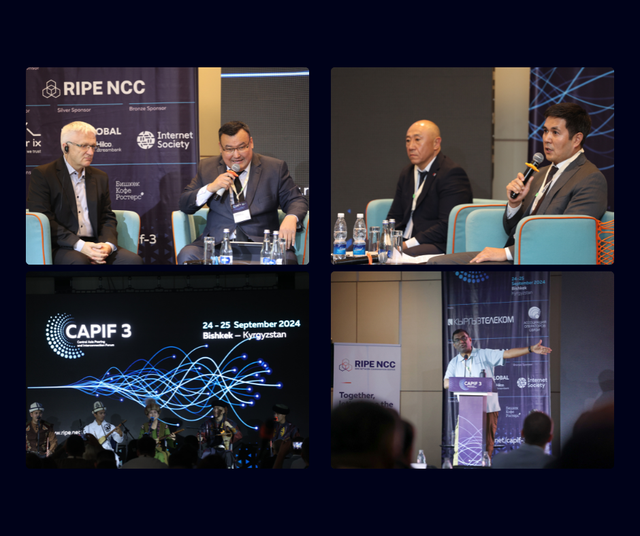
Recently, there have been developments in creating alternative routes for a better interconnection environment in the region, reducing the dependency of the Central Asian countries on some specific players. The local host of the event, Kyrgyztelecom, for example, highlighted the work on creating a backup connection point with the Chinese company through Hong Kong to Europe and the U.S. Some agreements have been made to improve interconnectivity with Uzbekistan and Azerbaijan. Meanwhile, Kazakhtelecom also mentioned new fibre optic routes through Azerbaijan, reducing dependence on traditional European pathways. The speakers emphasised the role Iran plays in providing access to the sea cables to the Central Asian providers paving the way towards Europe and the U.S.
All agreed that working together and investing in a new route is a way forward. This will require some unification of policy and improvements in quality and capacity. This option will reduce the distance and will improve the resilience of the Internet in the region.
Measuring the Internet in the region
Many presentations on both days of the event focused on measuring the Internet's resilience, regional interconnectivity, and the security of the region's infrastructure.
Are the Internet paths in Central Asia efficient? This was discussed by many speakers. Alex Semenyaka (RIPE NCC) for example, provided an update on interconnectivity developments in Central Asia, emphasising the region’s growing role in global routing pathways. Jim Cowie (Internet History Initiative) presented an analysis of Internet performance in Central Asia, including regional latencies and DNS resolver preferences. Some alternative routes from East Asia were found in the research.
How resilient is the Internet in Central Asia? Amreesh Phokeer (Internet Society) discussed the robustness of the Internet ecosystem in the region as seen by Internet Society Pulse.
Tools like RIPE Atlas and RIS are vital for understanding Internet development, but they depend on network admins to offer a broader view. The RIPE NCC staff at the event called for more RIPE Atlas probe hosts and peering with RIS in Central Asia, to enhance regional Internet insights.
Peering and IXP: new developments
At CAPIF 3, peering and Internet Exchange Points (IXPs) were highlighted as central to improving Internet connectivity across Central Asia. Peering allows networks to exchange traffic directly, leading to faster and more cost-efficient data flow. IXPs are the infrastructure that makes peering possible, enabling multiple networks to interconnect in one place. This not only enhances performance by keeping local traffic local but also strengthens network resilience - a key theme of the discussions at CAPIF.
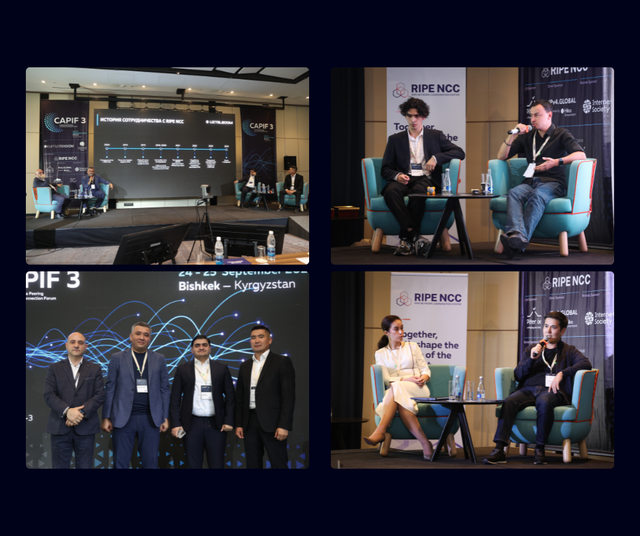
The challenges of starting new Internet Exchange Points (IXPs) in Central Asia were discussed, with examples from Kazakhstan’s state IXP, KazGovIX, Kyrgyzstan’s KG-IX, Uzbekistan’s TAS-IX and UZ-IX.
Alexander Ilin (MSK-IX) explored how to build an IXP from scratch on the example of MSK-IX. Ben Ryall from Meta remotely shared strategies for positioning infrastructure to optimise traffic delivery, while Dmitriy Melnik discussed why peering is important for network operators. Hanna Kreitem (Internet Society) provided an overview of the growth of IXPs globally.
Routing security and technological advancements
Improving interconnection environment goes along with adopting technologies, such as IPv6 that will accommodate the growth of the digital infrastructure in the region. Uztelecom, for example, shared their developments in deploying IPv6 and plans to improve IPv6 peering with their IXP peers and downstream providers.

Another important topic in Internet resilience is routing security. Milad Afshari (MTN-Irancell) provided an overview of the routing security in Iran. Qasim Lone presented his research on the adoption of RPKI, security framework that helps network operators make more informed and secure routing decisions, in the region.
Ehsan Ghazizadeh Ahsaie and Seyed Pouria Mousavizadeh Tehrani discussed modern-day solutions in approaching the standard Internet protocols.
DNS is responsible for resolving domain names to IP addresses, enabling traffic exchange. In peering forums, DNS discussions often focus on security. At the DNS Management and Security session, key presentations focused on advancing DNS practices for modern networks. Rasuljon Kodiriy (Uzinfocom) talked about DNSSEC automation solutions while Mikhail Anisimov (ICANN) explained KINDNS, emphasising its role in enhancing DNS security. More presentations were focussed on the journey from traditional DNS to modern solutions for optimised Internet performance.
CAPIF moving forward
Seeing the growth of the peering and interconnectivity environment in the region from year to year proves the importance of such platforms as CAPIF. As the attendees noted, this is an independent platform that allows a free exchange of ideas, and that’s the value of such an event. We look forward to the next CAPIF in 2025!
Missed the event? Take a look at the presentation archive and stay tuned for the recordings of the event.

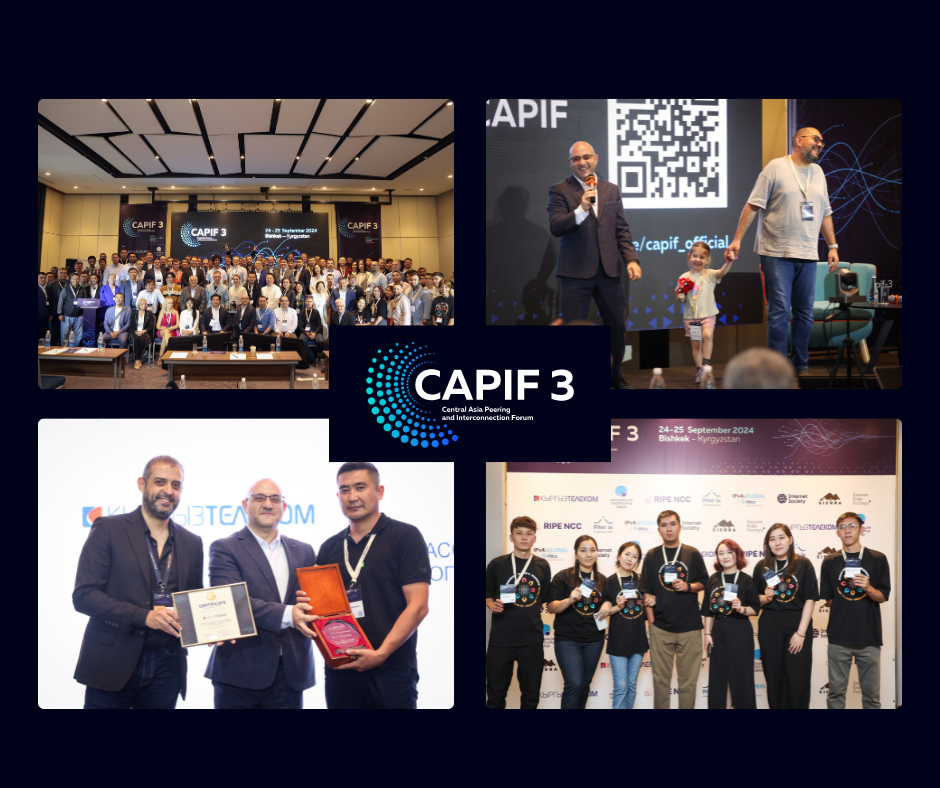
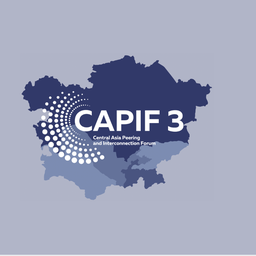
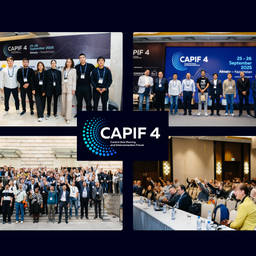


Comments 0
The comments section is closed for articles published more than a year ago. If you'd like to inform us of any issues, please contact us.